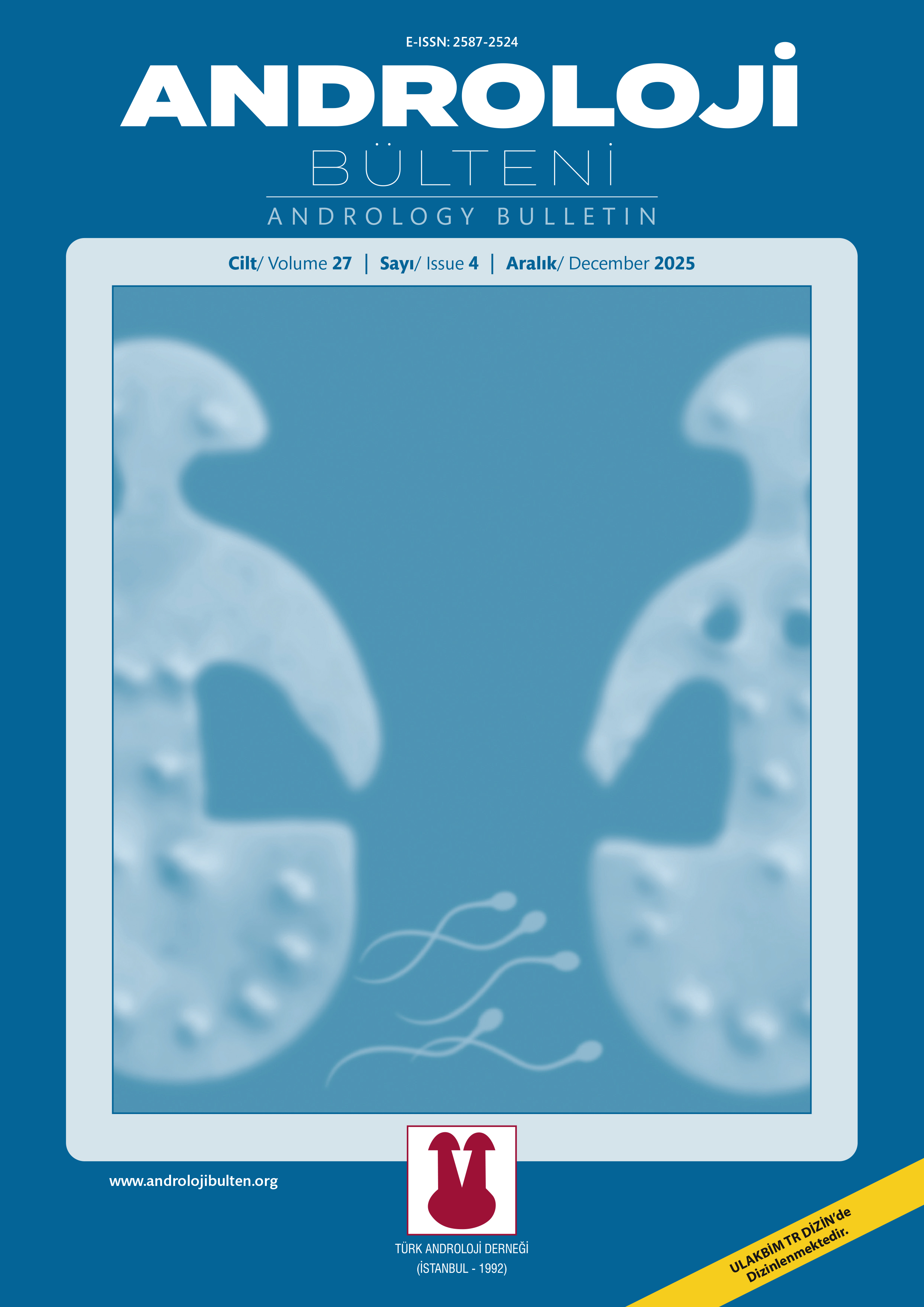
Content of this journal is licensed under a Creative Commons Attribution-NonCommercial 4.0 International License.
Current practices in the management of vulvovagınal atrophy in postmenoposal perıod
Nurgül Şimal Yavuz1, Nebahat Özerdoğan21Lokman Hekim University, Faculty of Health Sciences, Department of Midwifery, Ankara, Turkey2Eskişehir Osmangazi University, Faculty of Health Sciences, Department of Midwifery, Eskişehir, Turkey
Vulvovaginal atrophy (VVA) is the result of thinning of mucus and tissues in the vulva and vagina caused by estrogen deprivation that occurs in menopausal women. Estrogen stimulation in the female body is responsible for maintaining the normal anatomy and physiology of the urogenital system. As the production and amount of total body estrogen decreases, secretions decrease and the genitourinary tissues become atrophic. This situation causes many symptoms. The main symptoms of VVA are vaginal dryness, irritation, itching and burning sensation. Decreased lubricity in the vagina along with these symptoms causes dyspareunia and coidal bleeding in women. Associated with all these changes, problems such as sexual dysfunction and decreased sexual activity may occur. For these reasons, VVA is a serious problem that significantly affects women’s lives and reduces their quality of life. It is seen that different applications for the management of VVA have come to the fore in recent years and experimental studies are actively carried out, especially in the international arena. The aim of this review article is to examine current practices used in the management of vulvovaginal atrophy, which is frequently seen in the postmenopausal period.
Keywords: women’s health, postmenopausal, vulvovaginal atrophy, current practices
Postmenopozal dönemde görülen vulvovajinal atrofi yönetiminde güncel uygulamalar
Nurgül Şimal Yavuz1, Nebahat Özerdoğan21Lokman Hekim Üniversitesi, Sağlık Bilimleri Fakültesi, Ebelik Bölümü, Ankara, Türkiye2Eskişehir Osmangazi Üniversitesi, Sağlık Bilimleri Fakültesi, Ebelik Bölümü, Eskişehir, Türkiye
Vulvovajinal atrofi (VVA), menopoz dönemindeki kadınlarda ortaya çıkan östrojen yoksunluğunun neden olduğu vulva ve vajinadaki mukus ve dokuların incelmesinin bir sonucudur. Kadın vücudundaki östrojen uyarımı, ürogenital sistemin normal anatomisinin ve fizyolojisinin korunmasından sorumludur. Toplam vücut östrojeninin üretimi ve miktarı azaldıkça, salgılar azalmakta ve genitoüriner dokular atrofik hale gelmektedir. Bu durum beraberinde birçok belirtiye neden olmaktadır. VVA’nın başlıca belirtileri vajinal kuruluk, tahriş, kaşıntı ve yanma hissidir. Bu belirtilerle birlikte vajinadaki kayganlığın azalması, kadınlarda disparoni ve koital kanamaya neden olmaktadır. Tüm bu değişikliklerle ilişkili olarak cinsel işlev bozukluğu ve cinsel aktivitenin azalması gibi sorunlar ortaya çıkabilmektedir. Bu nedenlerle VVA, kadının yaşamını önemli oranda etkileyen ve yaşam kalitesini düşüren ciddi bir problemdir. VVA’nın yönetimine yönelik son yıllarda farklı uygulamaların gündeme geldiği ve deneysel çalışmaların özellikle uluslararası alanda aktif olarak sürdürüldüğü görülmektedir. Bu derleme makalesinde amaç, postmenopozal dönemde sıklıkla görülen vulvovajinal atrofinin yönetiminde kullanılan güncel uygulamaların incelenmesidir.
Anahtar Kelimeler: kadın sağlığı, postmenopozal, vulvovajinal atrofi, güncel uygulamalar
Manuscript Language: Turkish
(1498 downloaded)













